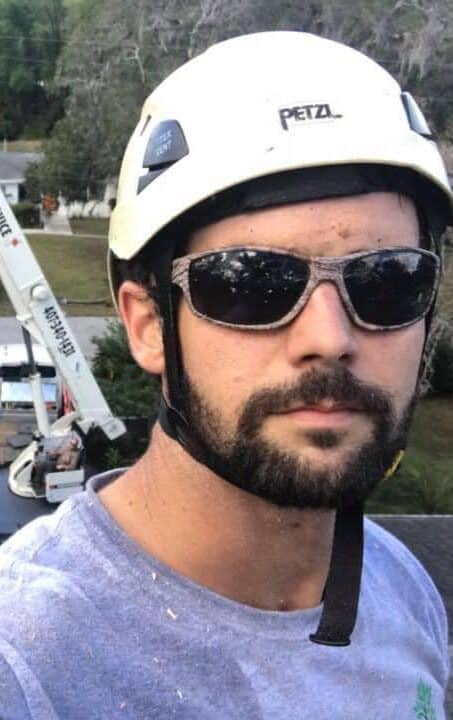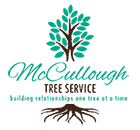By: Shelby McCullough| Published: December 18, 2025
The 2018 hurricanes have their official names. Depending on the severity, you may be hearing a lot more of the names Chris, Debby, Oscar, Gordon and others, or not, depending on how the seasons pans out.
The point is that we just don’t know what’s ahead.
And when it comes to Central Florida trees, all species are not created equal in terms of potential hurricane damage. Rather than wait to see what trees, limbs and branches may come down from storms we may face this season, there are things you can do now to reduce your chances of damage to your land and property.
Pruning overhanging limbs and branches is an obvious answer, but prevention can begin even before that stage, when trees are planted.
Storm strategy
In planning a landscape and shopping at a local nursery, a property owner can reduce hurricane risk by keeping storm damage in mind — as some trees handle wind better than others. University of Florida researchers, for instance, found sand live oaks as the most wind-resistant trees; Southern magnolia, live oak, crape myrtle, bald cypress and Sabal palm are other good choices.
Other things to look for when adding trees to your yard or on the grounds of your business to help reduce potential storm damage: planting away from structures; using trees with root systems that grow straight down as opposed to circling; and choosing varieties with single, sturdy trunks.
Even with established landscapes, construction projects can affect existing trees and cause issues with their stability in case of high winds. Construction can sever root systems, leaving trees weaker than they once were. Land clearing connected with development can leave less-durable trees more exposed, as trees around them have been cleared. It may be worth removing those trees for storm safety, or staking them if a storm is coming.
Pruning
Not all trees need to be pruned. But professional tree experts should be contacted to prune your trees before hurricane season. Tree technicians will trim branches that are dead, have cracks, are located near your roof, or that are too long. Thinning the tree’s canopy makes a tree less top-heavy, reducing its chances of being blown over with high winds.
Tree topping, meanwhile, or “hat racking” is a dangerous practice that can result when you don’t leave tree trimming and pruning to the experts. It’s when the top of a tree is cut off, leaving its branches compromised, unstable and vulnerable to rot and insects. It also reduces the tree’s ability to make food. All weaken the tree and make it more liable to fall or split in two as it matures.
For expert tree care when it comes to Florida hurricane preparedness, trust the experts at McCullough Tree Service.
Now Serving Belle Isle, FL
We’re thrilled to announce that McCullough Tree Service is now offering its expert tree care and maintenance services in the Belle Isle area. Belle Isle residents can benefit from our wide range of services, including professional tree trimming, tree removal, stump grinding, and comprehensive storm cleanup. Our team of certified arborists is dedicated to maintaining the health and beauty of your trees, ensuring your landscape remains safe and attractive. Trust us to bring top-notch tree care solutions to your doorstep. For more information or to schedule a consultation, call us today at (407) 734-5854.

About The Author: Shelby McCullough
With over two decades of experience in the tree industry, Shelby McCullough is a highly skilled certified arborist and the proprietor of McCullough Tree Service. His unparalleled expertise and profound understanding of trees set him apart in his field.

